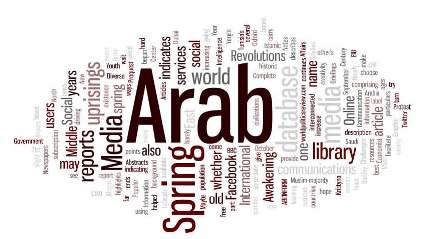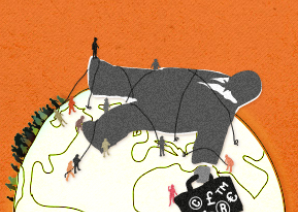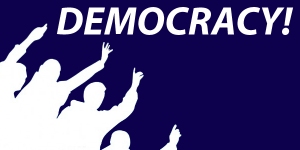The global order has entered a new phase in history with the dissolution of Soviet Union – a critical shift from bipolar world order to capitalist domination. This shift enabled formations of new nation states, particularly in the former Soviet area. Liberal ideology and its economic aspect of capitalism has deepened all over the globe, influenced ideological, social, economic, and cultural life in most parts.
In addition to global expansion and rooting of capitalist system, the after-1990s-period witnessed a boom in technology. Technological advancement enabled more integration, an integration that perverts national boundaries and transcends over them.
These two inestimable forces have shifted the world and humanity into areas (of top of which was high integration) that had never been taken. While in the first stages of ideological systematization and expanding technological tools it was the power holders – as clear from the name too (power-holders) – who utilized these tools to consolidate their status and interests, which most of time have not been in compliance with the people’s interests that they were supposed to serve. They have been able to do that, as they have been solo performers of superstructure. Therefore, it can be said that peoples, groups or individuals who were oppressed before by their regime found themselves into a more difficult as now it has become harder for them to stand against oppressing mechanism and easier for the same mechanism to suppress. Giving an example might make it clearer: it was easier for the 1990s States to suppress a democratic protest with high brutality and in their media, as a part of superstructure, to show civilian protestors as terrorist or anarchist (used in very negative notation to mean someone who is against ‘good order. This was quite easy at areas where strong nongovernmental local, regional or international organizations, civil societies or human rights groups were not strong enough or available at all.
Hopefully, diversification of media and rising of nontraditional media, social media, and availability of technology (with cheap and affordable products) to masses have changed dynamics at people’s benefit. The realm of social media where government control is not as easy as before, considering also rising of powerful institutions, NGOs and human rights groups specifically at international level. Their power to utilize mechanisms to directly or usually indirectly influence governments has sided with people, an effective component empowering people against states in power equation. The United Nations – albeit with some frauds – has been an influential actor upon governments. Moreover, interconnectedness also aroused states to concern more on their fame and legitimacy in the eyes of international community. This was, maybe, a critical point in the shift as well.
Now, any group being oppressed by the regime has the power to challenge corrupt systems. Arab Spring has shown the power of people once again when they employed interconnectedness, technology and social networking creatively to stand against decades-long autocracies, tyrants, and totalitarianisms.












